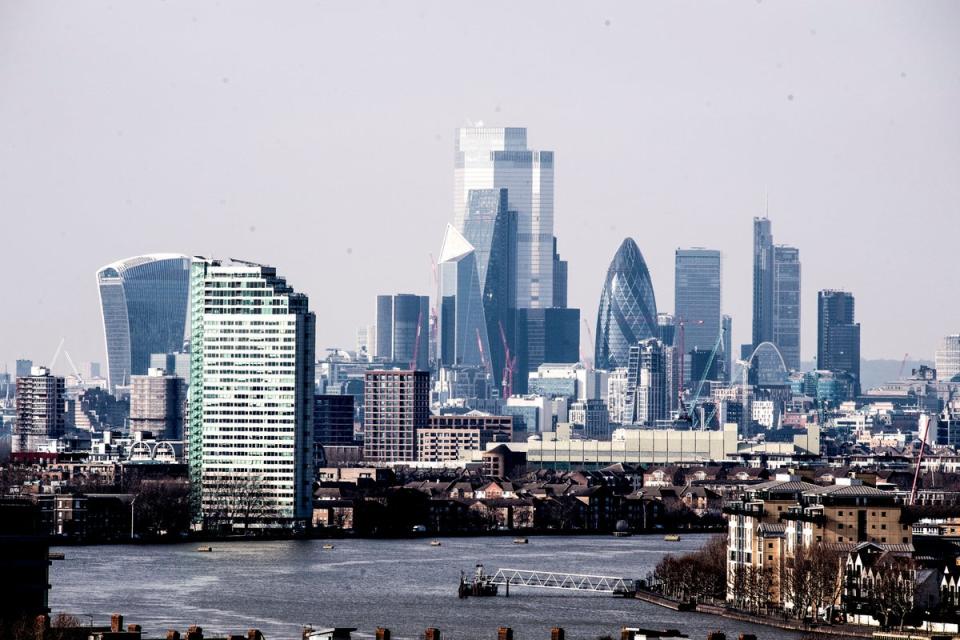Major warning on economy as gilt yield curve turns upside down

A key warning sign of looming financial disaster was flashing red today as nervy investors bought heavily into long-term dated government debt.
Yields on UK gilts have been moving higher for weeks, a sign that investors expect a higher rate of return for lending to the government.
Last night and again today the so-called yield curve inverted, with two-year government gilts paying 3.21% and a ten-year bond paying less, at 2.97%. In normal times, the longer-dated bonds would pay more than the 2-year deals, but at the moment investors are happy to take less interest in return for security.
The yield curve inverted in this way just before the 2008 financial crash, as investors who saw that trouble was coming parked money with the government for the long-term.
The pound has been battered lately due to similar fears, though it recovered somewhat today, up 0.06 cents at $1.1570.
Yesterday sterling was trading below $1.1500 for the first time since 1985.
AJ Bell investment director Russ Mould said: “Financial markets express their faith – or lack of it – in a country and its economic and political prospects through how much they charge it to borrow and how they value its currency. In each case traders and investors are turning away, presumably because they do not like what they see.”
Richard Hunter, head of markets at Interactive Investor, said: “A new leader does not necessarily portend a recovery. Indeed, the current market indications are that a recession in the UK is very much on the cards, as evidenced by the inverted yield curve”
While the yield curve is not an infallible as a sign of coming trouble, it has usually been reliable. It did give false signals of a recession in 1997, although the stock market tumbled anyway due to the Russian debt meltdown.
Markets rallied somewhat today in an early vote of confidence in the new PM.
Mould added: “If Liz Truss can put an end to the sell-off in both the UK government bond market and sterling that would be a major coup, although the odds do seem to be stacked against them, as they juggle 40-year high inflation, the threat of a recession, an energy crisis, war in Ukraine, the weak pound, rising interest rates and the Government’s own state of penury.”
Julian Jessop, a City economist who has been advising the Truss team, said: “The financial markets are nervous. Investors are demanding a higher yield for holding UK government bonds and the pound has continued to slide against the US dollar. It is still too soon to talk of a ‘sterling crisis’. Nonetheless, the heightened political uncertainty and large current account deficit could make UK assets particularly vulnerable to any loss of confidence.”
The Bank of England predicts the UK will be in recession before the end of the year, and is in the process of tightening monetary policy by lifting interest rates.
Chris Turner, global head of markets at Dutch Bank ING said: “The sell-off in gilts suggests international investors do not like either the BoE’s plans to start selling gilts or the new PM’s likely plan to deliver large, unfunded government support.”
City optimists hope that a Truss-led rescue package on energy bills will mean that recession is shorter and less vicious than many fear.

 Yahoo Finance
Yahoo Finance 